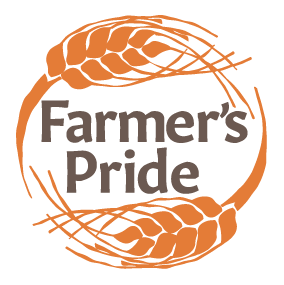This tool is for landrace maintainers or those considering the cultivation of landraces to diversify their crop production system. It provides access to evidence-based information on the benefits, opportunities and practices of landrace cultivation to help in decision-making and to promote their in situ maintenance as a means of conserving and diversifying plant genetic resources for food, nutrition and livelihood security.
The tool includes examples of in situ management practices and of adding value to landraces—for example, marketing options—for different crops and socio-cultural, environmental and economic contexts. This information can help to enhance landrace cultivation and make it sustainable and profitable at the same time, while conserving biodiversity for future generations.
The tool is a product of the Farmer’s Pride project, funded by the Horizon 2020 Programme of the European Union: http://www.farmerspride.eu/.
Please use the search fields below, or browse the database from the grid, list or map view.
